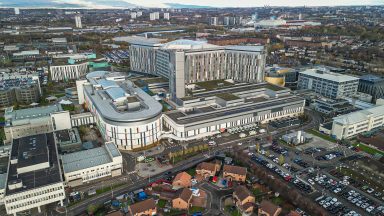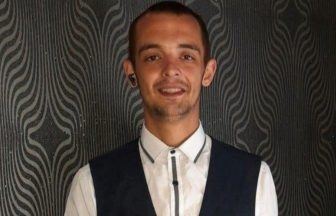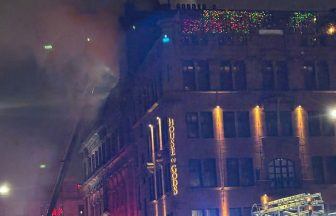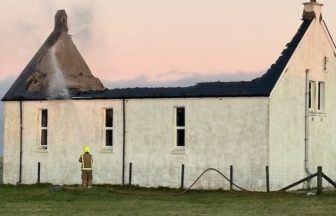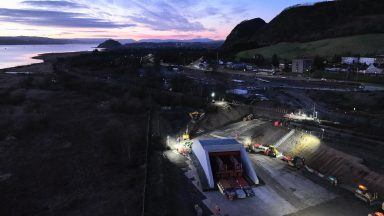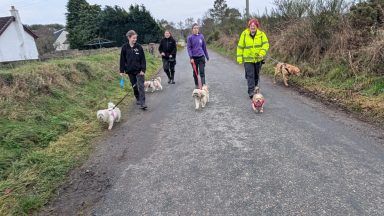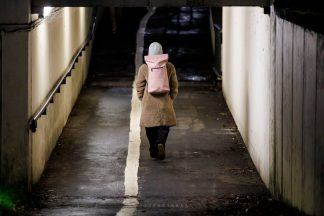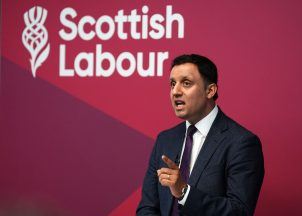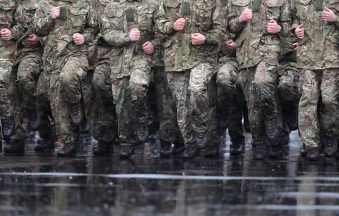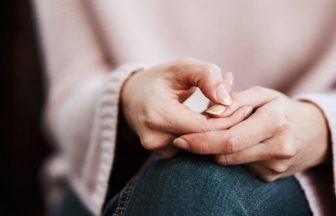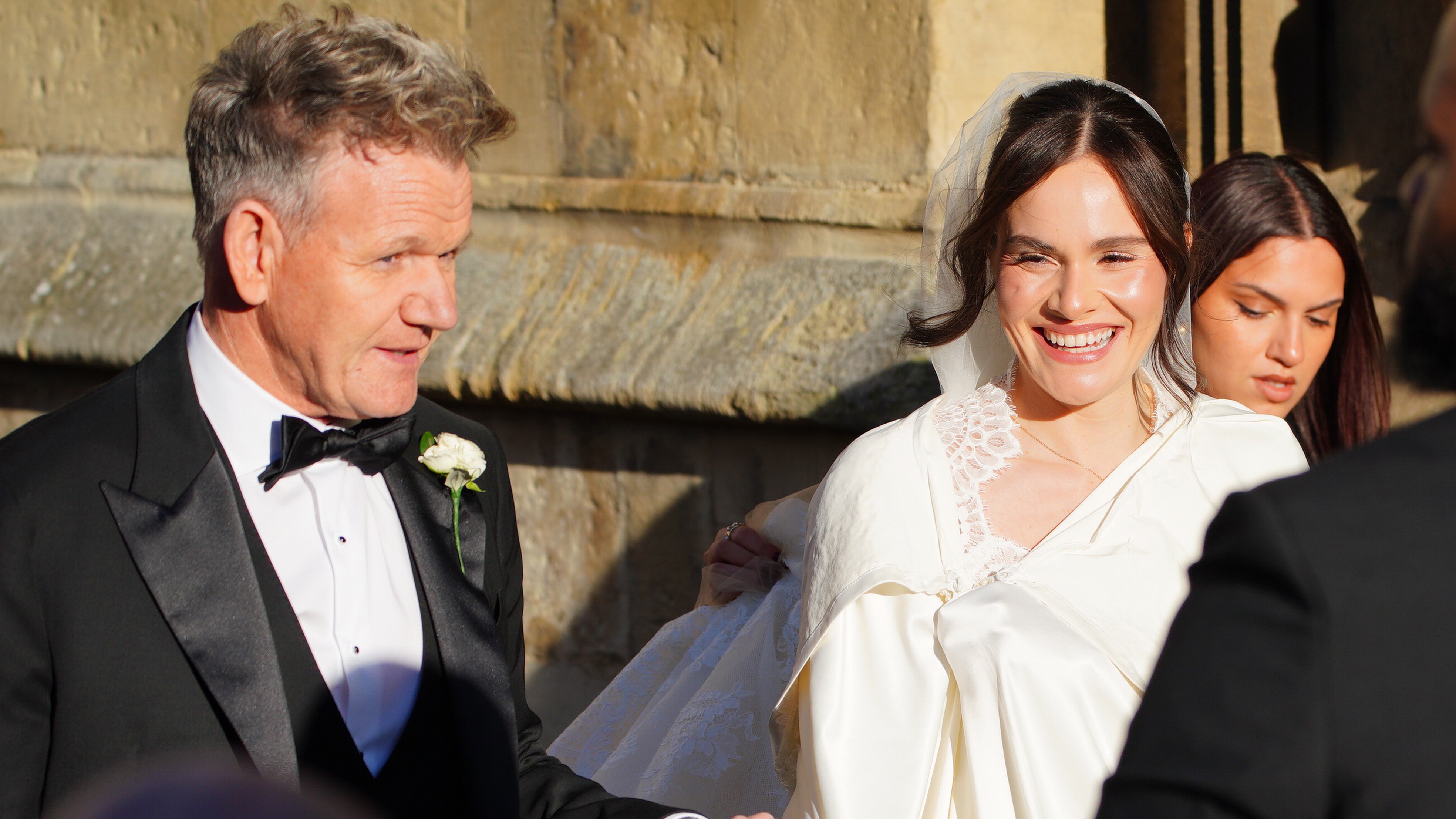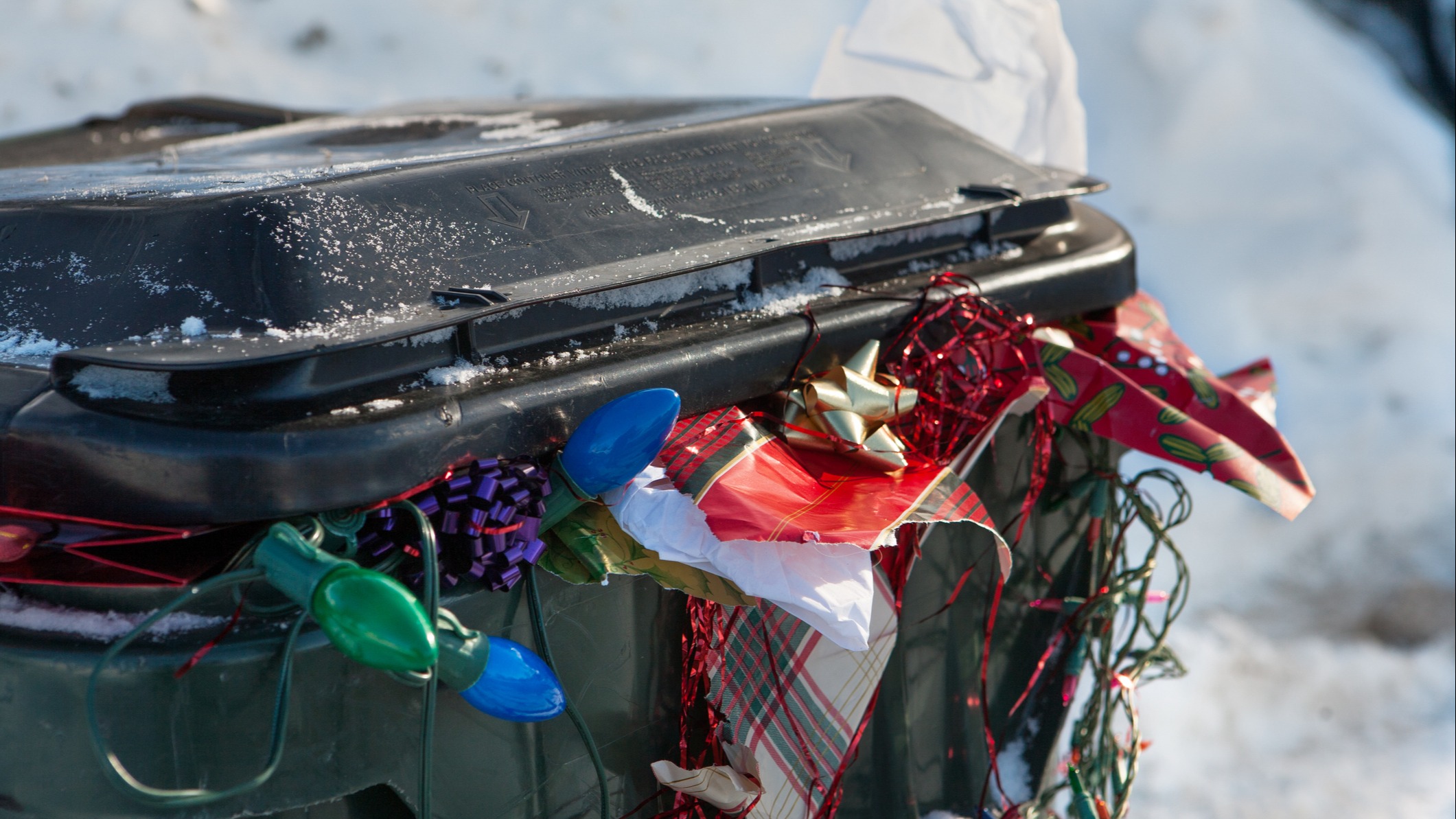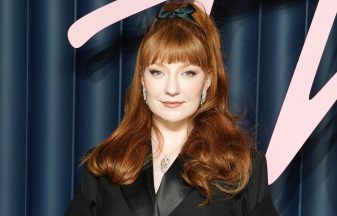Scotland’s census has revealed new information on the trans and LGB+ community that is expected to help improve the lives of those living and working in the country.
The census included a question on trans status or history for the first time in 2022 with those over the age of 16 volunteering information on their identification.
It found that 19,990 people were trans or had a trans history, according to data published by National Records of Scotland (NRS).
The figure equates to 0.44% of people aged 16 and over. Almost half (46.1%) of trans people were aged 16 to 24 with around a quarter (26.0%) aged 25 to 34.
Almost half (45.2%) of trans people identify as ‘non-binary’ amounting to 9,030 people in total.
One in six trans people identified as trans men (3,310). A similar number of people identified as trans but did not provide any further detail (3,110). A similar number of people identified as trans women (3,090).
The “other trans status or history” category (1,450 people) includes a number of different groups of people. The most common responses in this category were genderfluid, agender and genderqueer. Those three different groups account for around two thirds of people in this category.
Of the four city council areas, Dundee had the highest percentage of trans people relative to their population aged 16 and over (0.91%), followed Edinburgh and Glasgow (both 0.77%), and Aberdeen (0.58%).
These council areas have large student populations and relatively high numbers of young people.
A voluntary question on sexual orientation was also included for the first time in 2022.
Of those who responded, 3,993,860 people identified as straight or heterosexual – 87.8% of people aged 16 and over.
It found that there were 183,860 LGB+ people in Scotland, 4.0% of people aged 16 and over.
Scotland’s figure is a higher than the rest of the UK with a census asking the same question of people in England, Wales and Northern Ireland in 2021.
It found that in England and Wales 3.2% of people aged 16 and over were LGB+ while in Northern Ireland 2.1% of people aged 16 and over were LGB+.
In Scotland, the question was broken down into various categories including gay or lesbian (80,104), bisexual (80,256) and ‘other sexual orientation’ (23,500).
Within the ‘other’ category, over a third (35.6%) of people in this category did not specify their sexual orientation. The most common responses in the category were pansexual, asexual and queer.
Those three different groups account for over half (57.1%) of people in this category.
Almost half of all bisexual people and a quarter of gay or lesbian people were aged between 16 and 24.
More males (46,290) than females (33,820) identified as gay or lesbian. While the number of females (58,260) identifying as bisexual was more than double the number of males (21,990).
There were also more females (15,260) than males (8,240) in the ‘Other sexual orientation’ category.
Of the LGB+ community, Edinburgh had the highest percentage with 7.6%, followed by Glasgow at 7.1%, Dundee with 6.6% and Aberdeen with 5.2%.
Director of census statistics Jon Wroth-Smith said: “This is the first time Scotland’s Census has ever collected data on trans status or history and sexual orientation. We can now say that almost 20,000 people aged 16 and over in Scotland identified as being trans or having a trans history and almost 184,000 people aged 16 and over identified as LGB+.
“These numbers will help charities, local authorities, businesses and government plan services to improve the lives of those living and working in Scotland as well as providing important information for effective equality monitoring.”
Follow STV News on WhatsApp
Scan the QR code on your mobile device for all the latest news from around the country


 Getty Images
Getty Images

